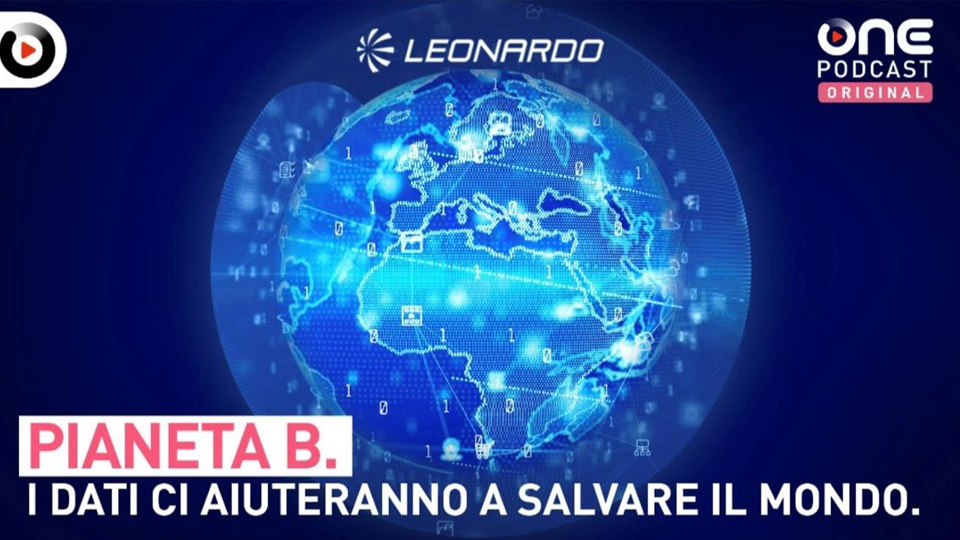
Meanwhile, an article on the Space Economy explored the complex universe of Earth observation and surveillance to discover tangible applications that range from the chemical-physical analysis of elements and the millimetric displacement of infrastructures, right the way through to the study of meteorological agents.
Technology and digital applications are also revolutionising the agricultural sector and the way fields are cultivated by the companies in the sector. The longform article on precision agriculture examined the monitoring and analysis system that makes it possible to observe every stage of the crop growth cycle, for a more sustainable, productive, and efficient agricultural production process.
The fourth theme focused on the materials of the future, particularly advanced thermoplastic matrix materials and how these will change the face of entire industrial sectors, ensuring greater efficiency, innovation, and sustainability.
Technological innovation and digitisation are key elements in tackling the challenges of the future. Investing in complex innovation projects for the sustainable transformation of new technological cycles is the point of departure guiding the journey that Leonardo has outlined in its Be Tomorrow - Leonardo 2030 plan. By talking about technology and the people behind the company's innovation processes, Scenario Futuro has opened a window on the development dynamics within Leonardo and its role as the country's technological spearhead.


